The Porsche Cayenne needs no introduction, being the first to rock up to the performance SUV scene 20 years ago.
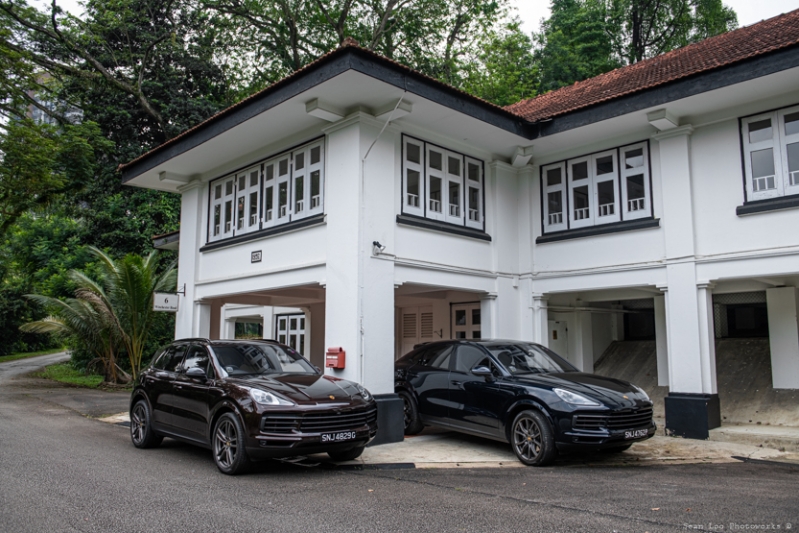
And now, 21 years later, the Cayenne is now in its third generation. Hard to imagine now, but when the car was introduced to the world back in 2002, it went down like a cup of cold sick. No one had anticipated such a big and lumbering performance vehicle to appear in the Porsche range, which was always well-known for its light and agile sports cars.
But, since then the world has caught the SUV bug, and this viral disease has more or less swept through every automaker there is. Everyone is doing SUVs these days, and the Cayenne took the hits so that everyone else could cash in later.
This is the model that pays all the bills, and if it means we get to keep fun performance models like the 911 away from the butcher’s knife for a little bit longer, then pragmatically speaking I’m all for it.
Does it drive like a Porsche though?
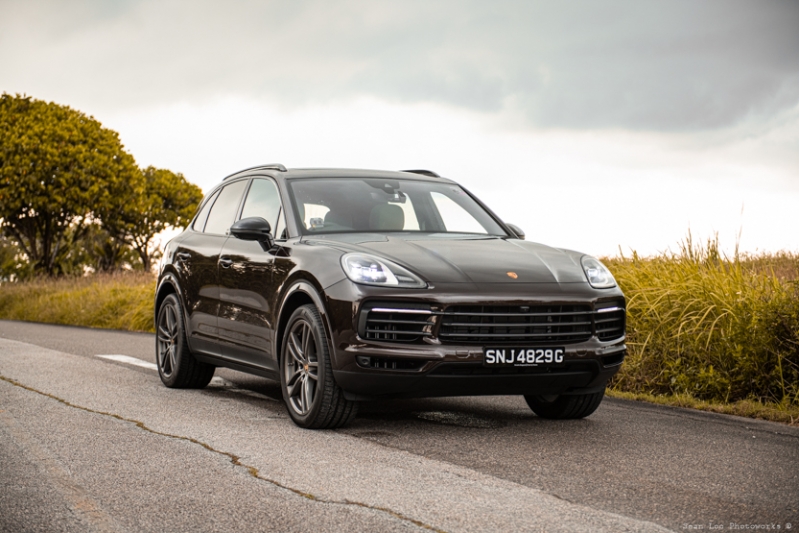
The Cayenne is clearly no dedicated sports car, but it doesn’t bring shame on the badge. You wouldn’t expect any different from the company that’s spent the best bit of 70-odd years perfecting a rear-engine, rear-drive sports car format that shouldn’t work as well as it does.
I've always preached that if you want to enjoy your drive then you should steer well clear of the SUV aisle and get yourself a nice performance station wagon (or estate, if you're not from around these parts). But, the Cayenne is the exception that proves the rule, showing up all of the competition.
For this, we can thank German mechanical voodoo, or at the very least a shedload of technology usually reserved for higher-end sports cars. But, if you really want to stop the Cayenne from succumbing to its size and heft you’re going to have to pay for it on the spec list, and the available tech list is massively impressive and dizzyingly expensive.
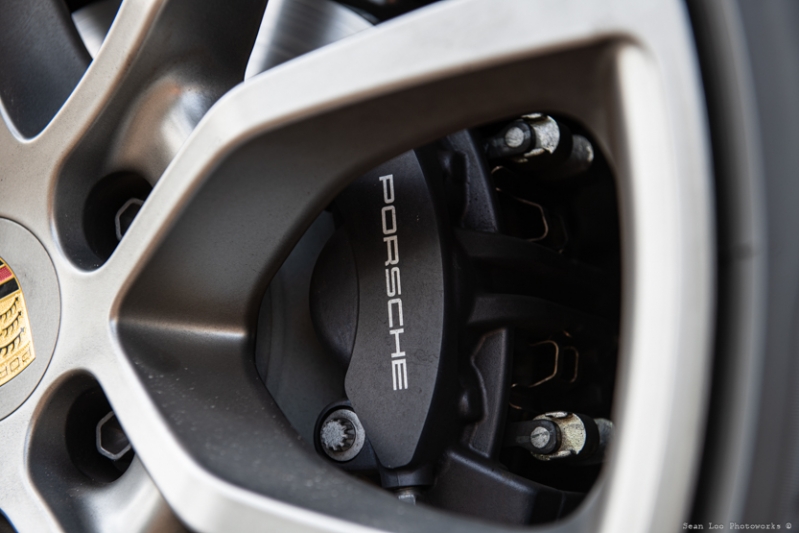
The optional three-chamber air suspension means there’s a genuinely noticeable change between comfy modes and sporty ones, not just in terms of body control but in ride comfort on the never-ending undulating construction-laden roads in Singapore. This is thanks in part to a 48V anti-roll system that allows the body to stay more level through corners, reducing weight transfer and disguising the car's overall heft.
You could also opt for Porsche's Active Suspension Management (PASM), which actively and continuously adjusts the damping force on each wheel, based on road conditions and individual driving style. Fancy words that basically translate to you wringing it around a corner with ease.
These are complex and expensive ways to disguise over two tonnes of car, and you’re always aware of the forces they’re fighting against. Credit's where it's due though, they really work. If you want your Cayenne to drive like a thoroughbred Porsche, it's money well spent. If you just want a fancy badge on the front of your city cruiser, perhaps the case is less strong. Save the money for some leather upgrades instead.
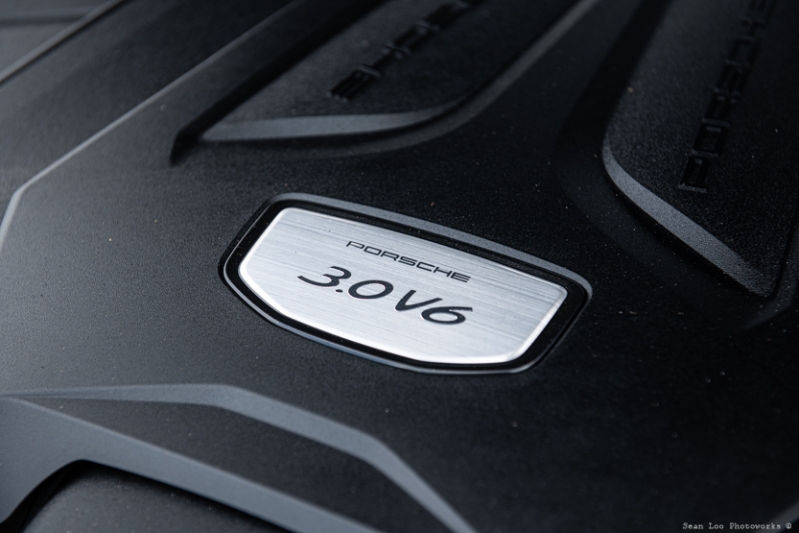
For Singapore, the base Cayenne only receives one engine variant - a 3.0-litre turbocharged V6 with 340 bhp and 450Nm of torque on tap. It’s a shame that we didn’t get the PHEV or top-of-the-line variant from Germany, but the V6 still displays a valiant effort in providing enough oomph from the get-go.
The engine is a smooth operator and delivers power linearly across the powerband. Coupled with the 8-speed Tiptronic gearbox and all-wheel drive, and you get a lumbering giant that can win most impromptu traffic light drag races. All full chat, both the SUV and Coupe can rock the century sprint in a brisk 6.2 seconds, continuing to climb to a maximum of 245km/h.
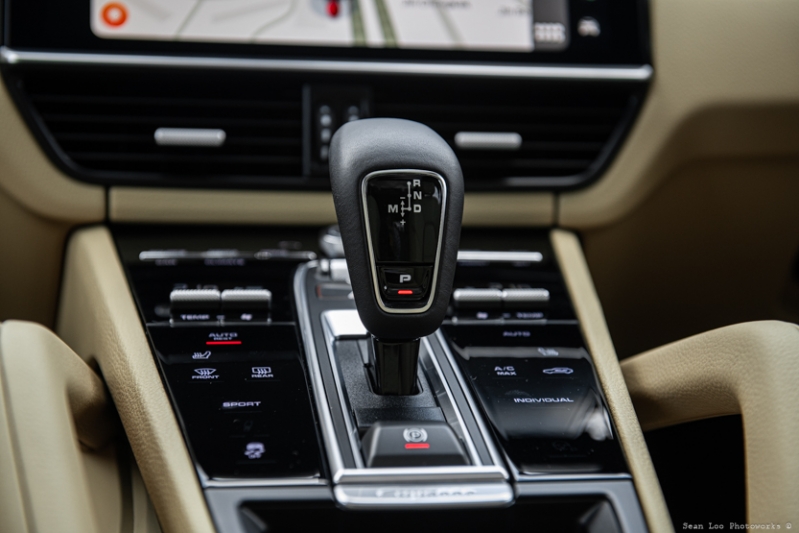
Why a Tiptronic rather than Porsche's double-clutch PDK? Porsche spec-ed it this way because it's handier for towing horseboxes and speedboats… which is the sort of thing that Cayenne buyers like to do, outside of Singapore.
Environmentally minded? You probably shouldn’t be looking at two-tonne SUVs. With a big lumbering V6 under the hood, fuel economy won't be fantastic. My average consumption was a comical 4.9km/litre, and you will probably be well acquainted with your fuel attendants while owning this.
Meaner and Sleeker
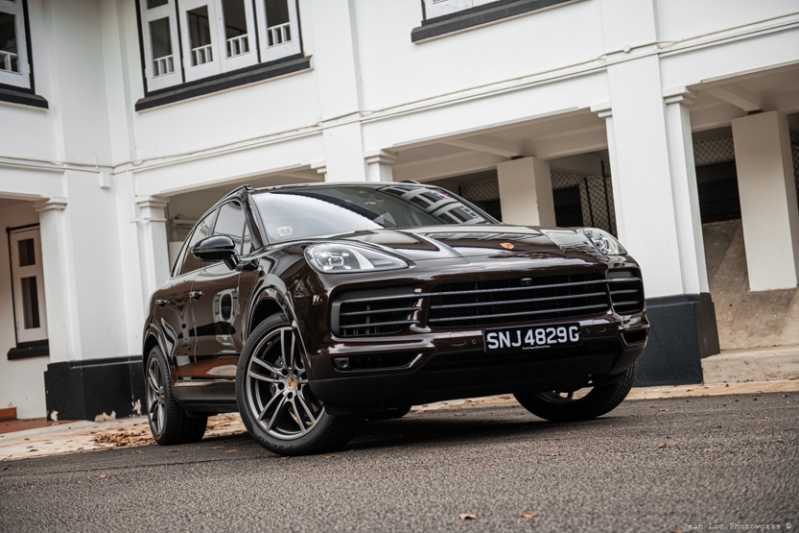
With each generation, the Porsche Cayenne receives fresh plastic surgery, and this third iteration is arguably the best looking too.
Buyers are getting more options too, as there’s now even a coupe version of the Cayenne, which offers basically the same package but with a slightly lower roofline and a sleeker, albeit less useful rear end.
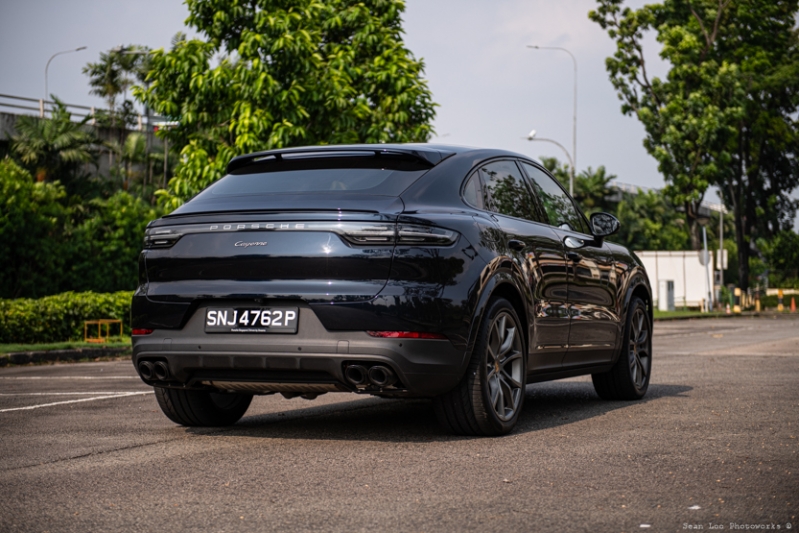
The Cayenne was, and still is to me, the OG luxury SUV. Even though it has gotten new looks and updated sleekness, it still retains its quintessential high riding and regal masquerade. With almost everything coming in at additional cost, you can spec your Cayenne with loads of different upgrades, including a Dynamic Light System (PDLS) and Lightweight Sport packages.
Large 21-inch rims give the Cayenne road presence, and the design cumulates in a stout rear end. I actually prefer the SUV variant more, as the high roofline gives it nice proportions. But, to each their own.
The Cayenne has a winning formula going for it, being a pioneer of the SUV space. People know what it is, and people respect it.
Ol' Familiar
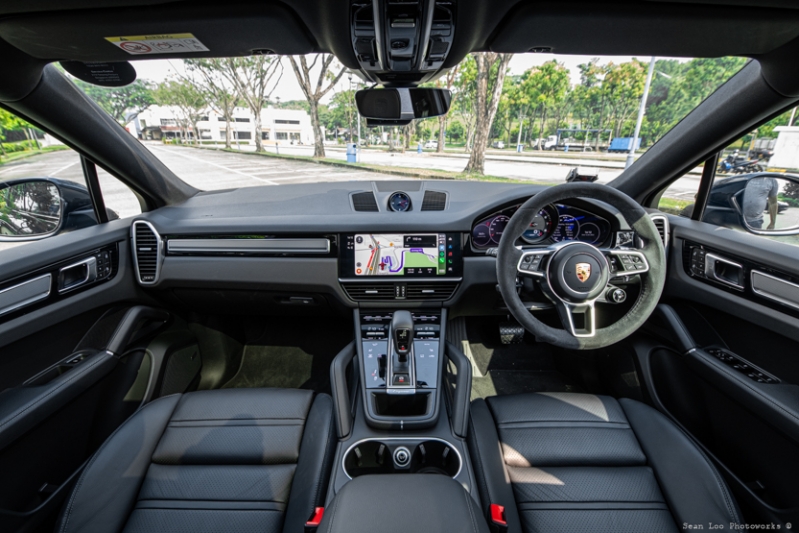
The Porsche Cayenne’s interior manages the difficult balance of being a recognisable Porsche cockpit without being too obnoxiously sporting. This SUV has a different remit, after all, to Porsche's sportier 911 and 718 models.
Both models are identical on the inside, save for the tapered roofline on the Coupe. There’s a great ambience inside the Cayenne, with a definite solidity and feeling of quality. Your touchpoints are packed with lush materials and premium trinkets, giving you the reassurance that your hard-earned money went to something nice.
You get an analogue clock too on the dashboard, which adds a layer of class to the business class interior. This is the default option, but you can customise the timepiece should you have additional cash to splash.
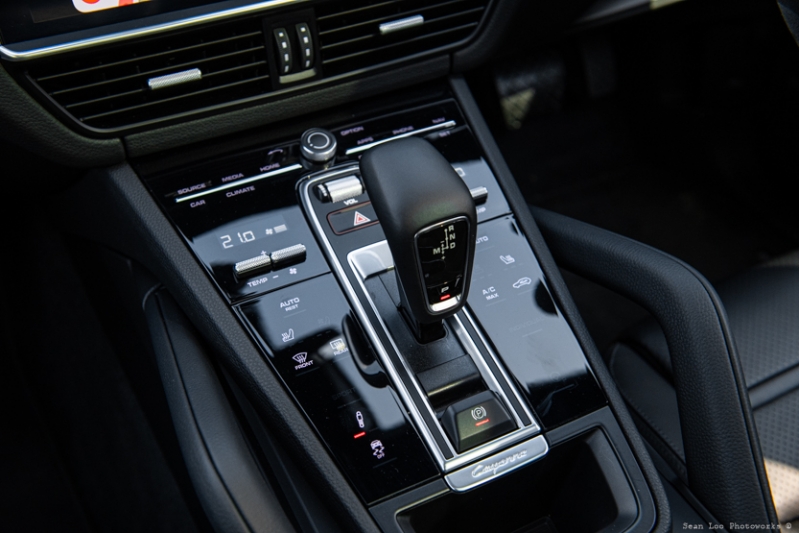
A myriad of quick-set toggles is presented to you on the centre console, tucked underneath a glassy panel with illuminated icons rather than traditional push buttons. Touch one and you get a little haptic buzz from the accepted input. In practice, the lower set of buttons does not work as well, as I often pressed multiple settings at the same time due to the close proximity.
The upper buttons are fine, but repeatedly touching these panels leave ghastly fingerprint marks on the glass panel, so have a nice cloth on standby. There’s also voice control via a button you can find on one of the steering wheel stalks. It’s supposedly intelligent, so tell it you’re too hot and it’ll turn down the temperature and give you a blast of cold air.
Speaking of temperature, you still get physical switches to adjust the climate control fan speed and temperature - a very welcome sight and makes operation a breeze. The media volume and scroll dial are also rotary dials, and they are finished in a nice corrugated metal finish. A stubby gear shifter sits front and centre, alongside an electronic parking brake button.
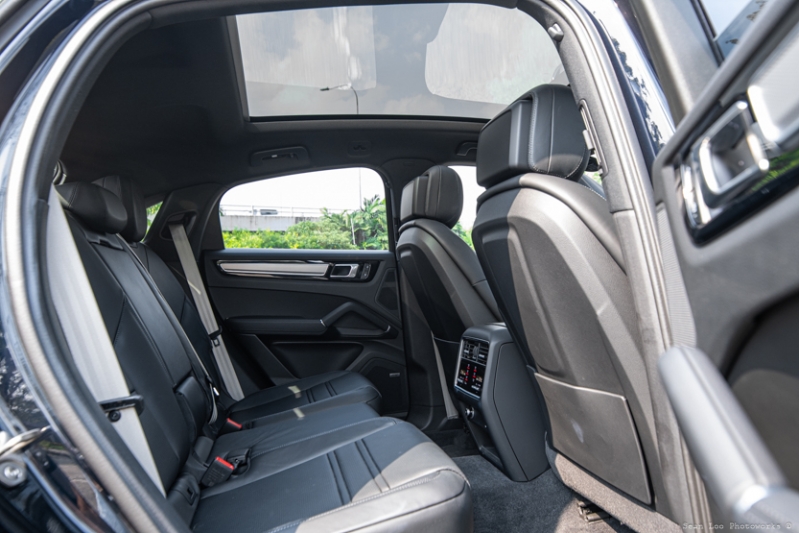
Crucially there’s decent room for everyone - you’ve got good space for five people and it’s extremely comfortable for four. Rear occupants also get a set of controls for rear HVAC functions, alongside another pair of type-C ports and 12V for juicing up devices. The cabin is well insulated too, and you feel essentially detached from the outside world.
A large panoramic sunroof floods natural light into the space, giving it an airy ambience. All of that space doesn't intrude into the cargo area too, giving you 772 litres of space; 1,708 litres with the seats down. Obviously, if you go for the Coupe version you’re going to have to bear in mind the 20mm lower roofline, shaving off 150 litres from your total boot capacity.
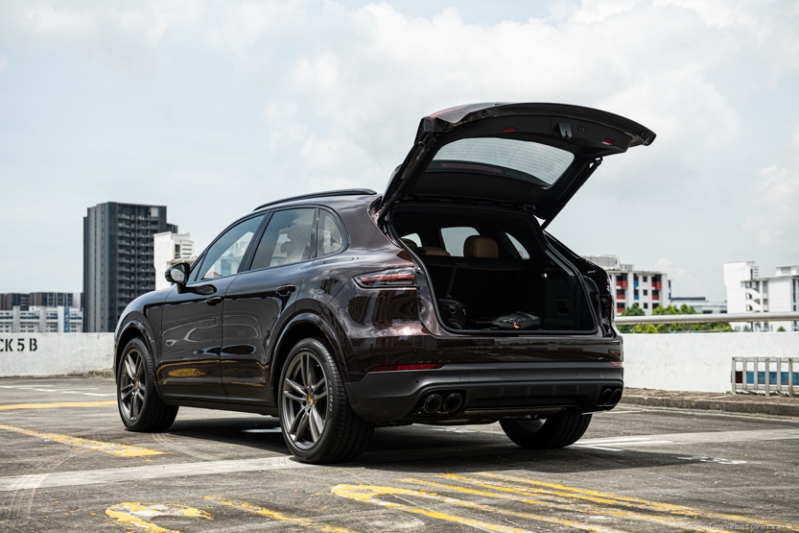
Rear cameras are crisp and clear, one of the best I've seen in recent times. Spec up the front and rear sensors alongside the 360 camera, and parking manoeuvres transform into effortless tasks, despite the car's heft.
It’s all reasonably easy to get on with but is a bit busy inside compared with newer, sleeker rivals. This generation of Cayenne, launched in 2017 is getting on a bit, and even though we just received news on a new facelift, we'll have to wait for at least 2025 to get a new fourth-generation model.
The OG
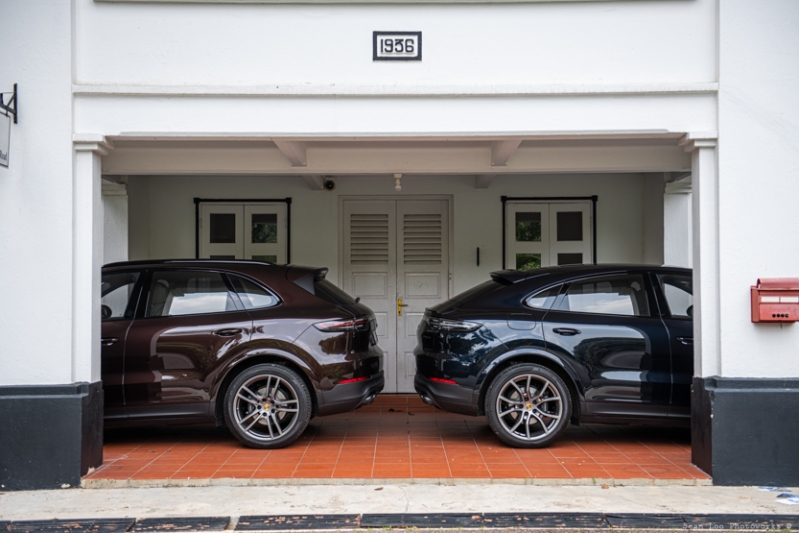
The Cayenne remains the king of driver-friendly SUVs. With the fancy tech and effort that Porsche has put into maintaining its sports car-esque facade, it’s easy to forget that you’re piloting a big lumbering SUV.
It’s engaging to drive, offering great levels of comfort and refinement, while its excellent build quality maintains its status quo as an upmarket cruiser. Throw in the kudos of the Porsche badge and you have a set of prestige family wheels that covers every base.
Whether you’re keen on the SUV or the sleeker Coupe, you can drive out of the showroom knowing you made a sound purchase.
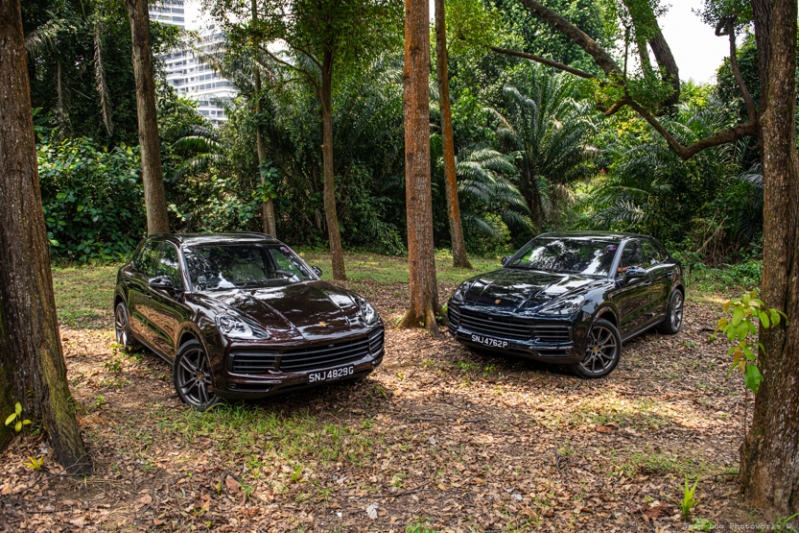
Technical Specifications
Porsche Cayenne
Engine: 2,995cc Turbocharged V6
Power: 240bhp
Torque: 450Nm
Gearbox: 8-Speed Tiptronic S (A)
0-100km/h: 6.2 seconds (claimed)
Top Speed: 245km/h
Fuel Economy: 10.8km/litre (claimed)
Price: S$377,488 (SUV) / S$399,788 (Coupe), both without COE (accurate at the time of this article)
Contact:Porsche Singapore
